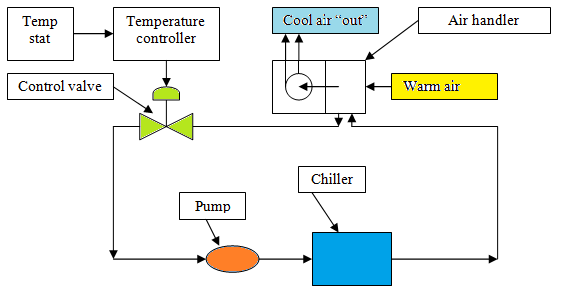Hi,
In a Chilled water system, how do you calculate your head? ( what are the different types of head)
- The building is 150 meters high. Does that go in for the head caluclation?
Another question, if the pump is switched off, system full of water, what would be the reading on the gauge before and after the pump.
Regards,
Mo
In a Chilled water system, how do you calculate your head? ( what are the different types of head)
- The building is 150 meters high. Does that go in for the head caluclation?
Another question, if the pump is switched off, system full of water, what would be the reading on the gauge before and after the pump.
Regards,
Mo

